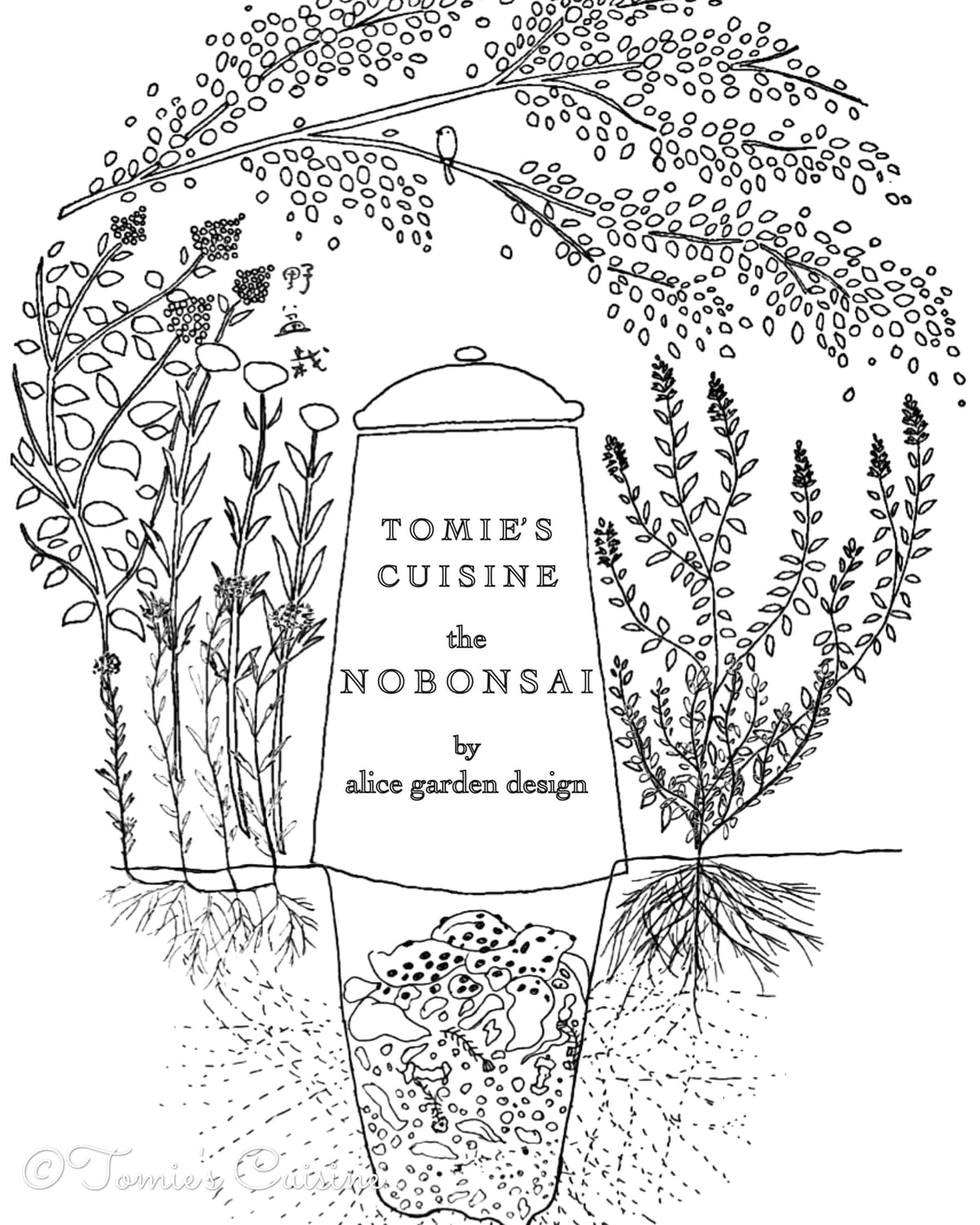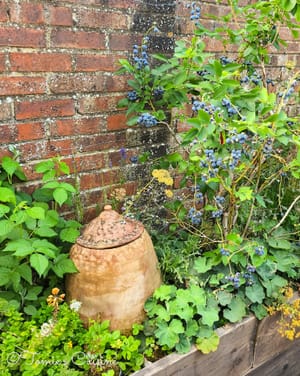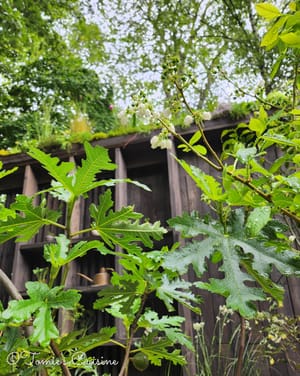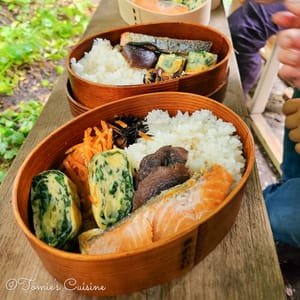We are proud to announce that we are sponsoring a garden at the RHS Chelsea Flower Show 2024. The balcony garden will be called Tomie’s Cuisine, the Nobonsai. You can view the garden’s page on the official website here.
Tsuyako Asada
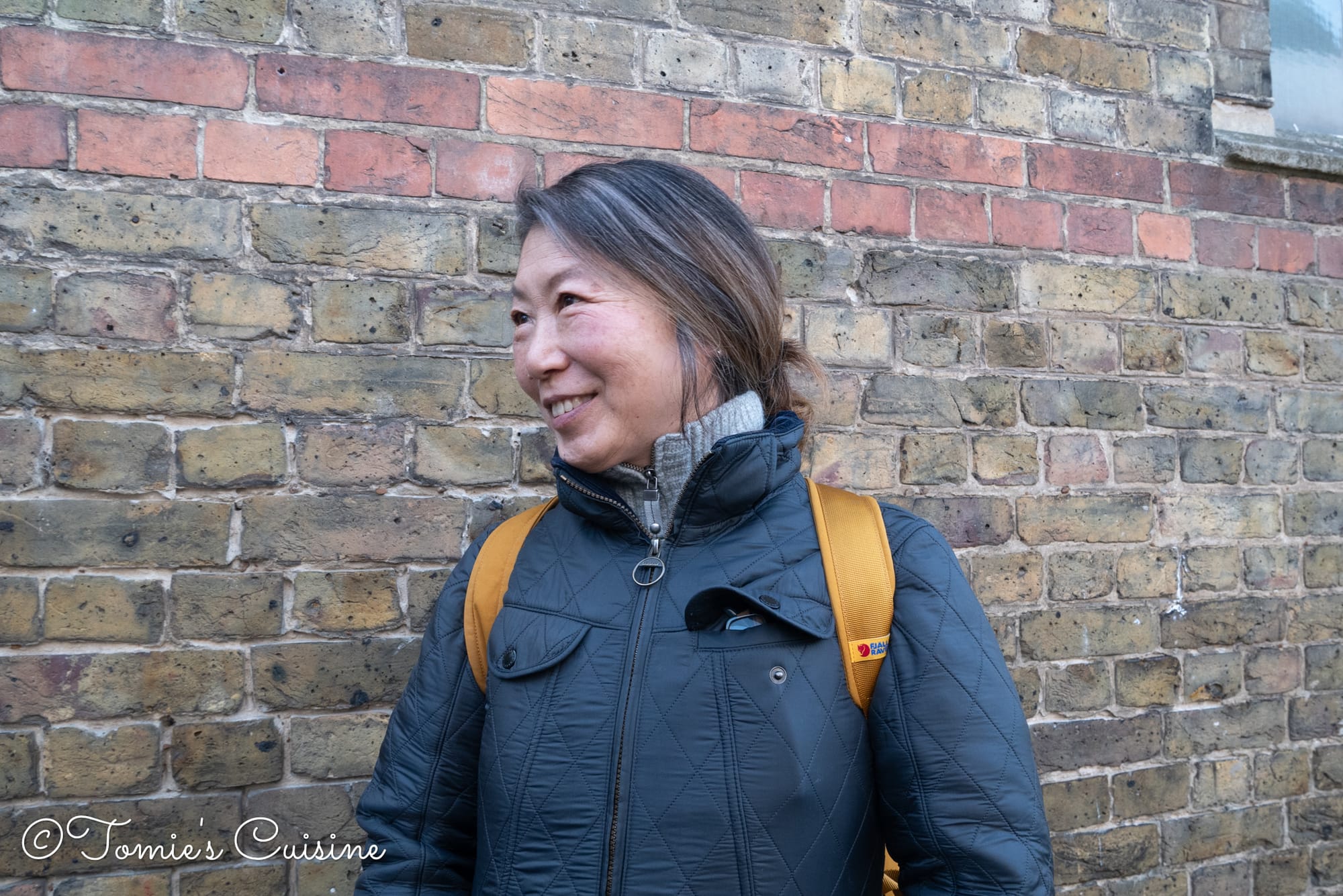
Tsuyako started Alice Garden Design in 2000 and has been a gardener and garden designer in Japan for over 25 years.
She has been creating gardens that respect the natural environment and teaching her clients how to make natural gardens and live in harmony with nature and all the other creatures.
She bases her design and gardening techniques on the “Alice method” she invented. This method’s foundation is: “no chemical, no dig, and no waste.”
Nobonsai
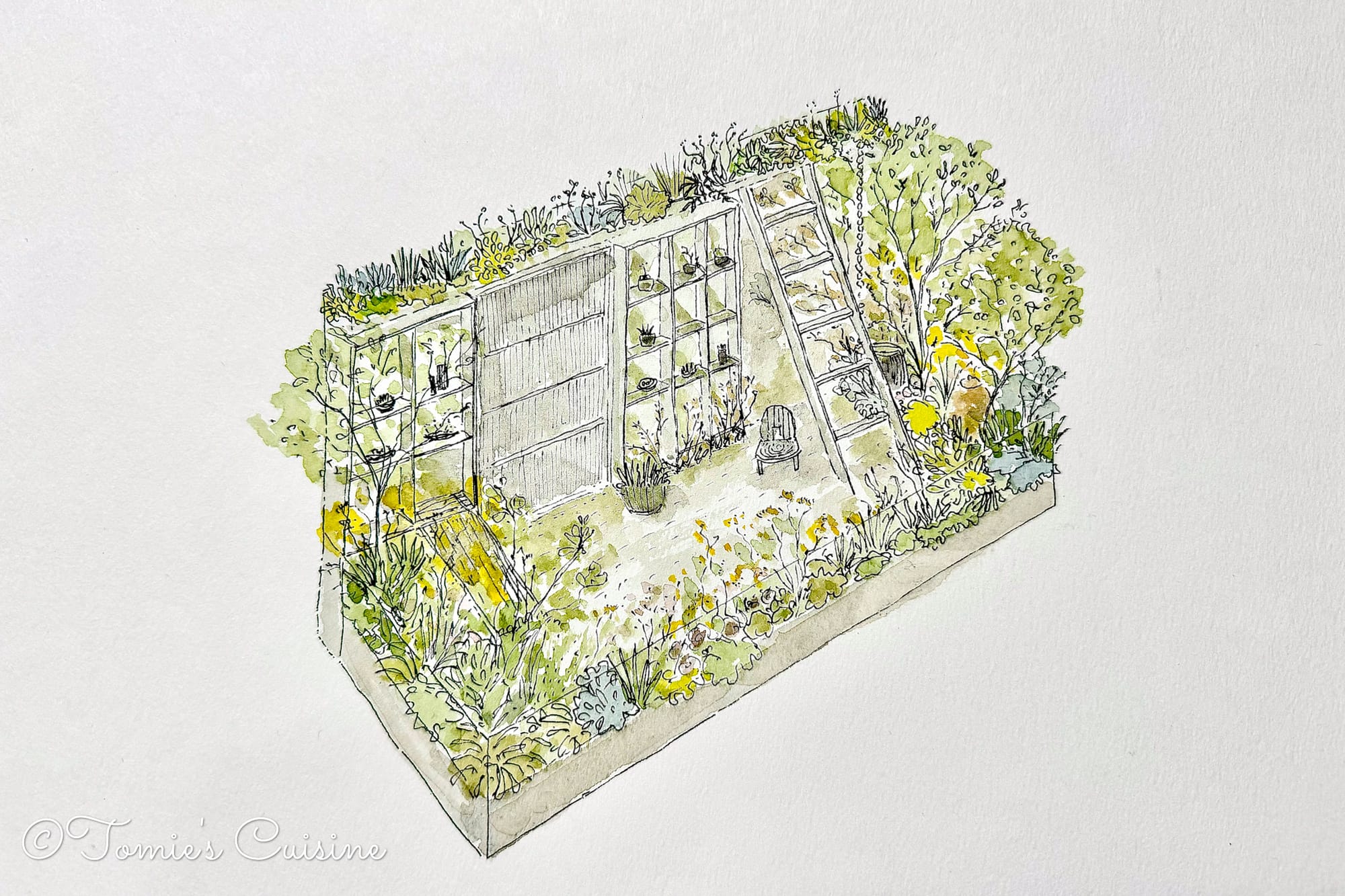
“Nobonsai” is a word Tsuyako created.
“No (野)” means “wild” or “nature” in Japanese, and “Bonsai (盆栽)” was initially made to enjoy the natural landscape in a small container. It symbolises the small piece of nature we’ve cut out from the vastness of nature to make this balcony garden come to life. However, in the Nobonsai, we are not only trimming a landscape but also creating a natural ecosystem, which, along with some gardening tips, brings the garden and life closer.
The garden becomes more connected to life by using a food composter that decomposes vegetable waste, fish bones, etc., to make fertiliser for the plants' resilience.
The garden’s primary plants
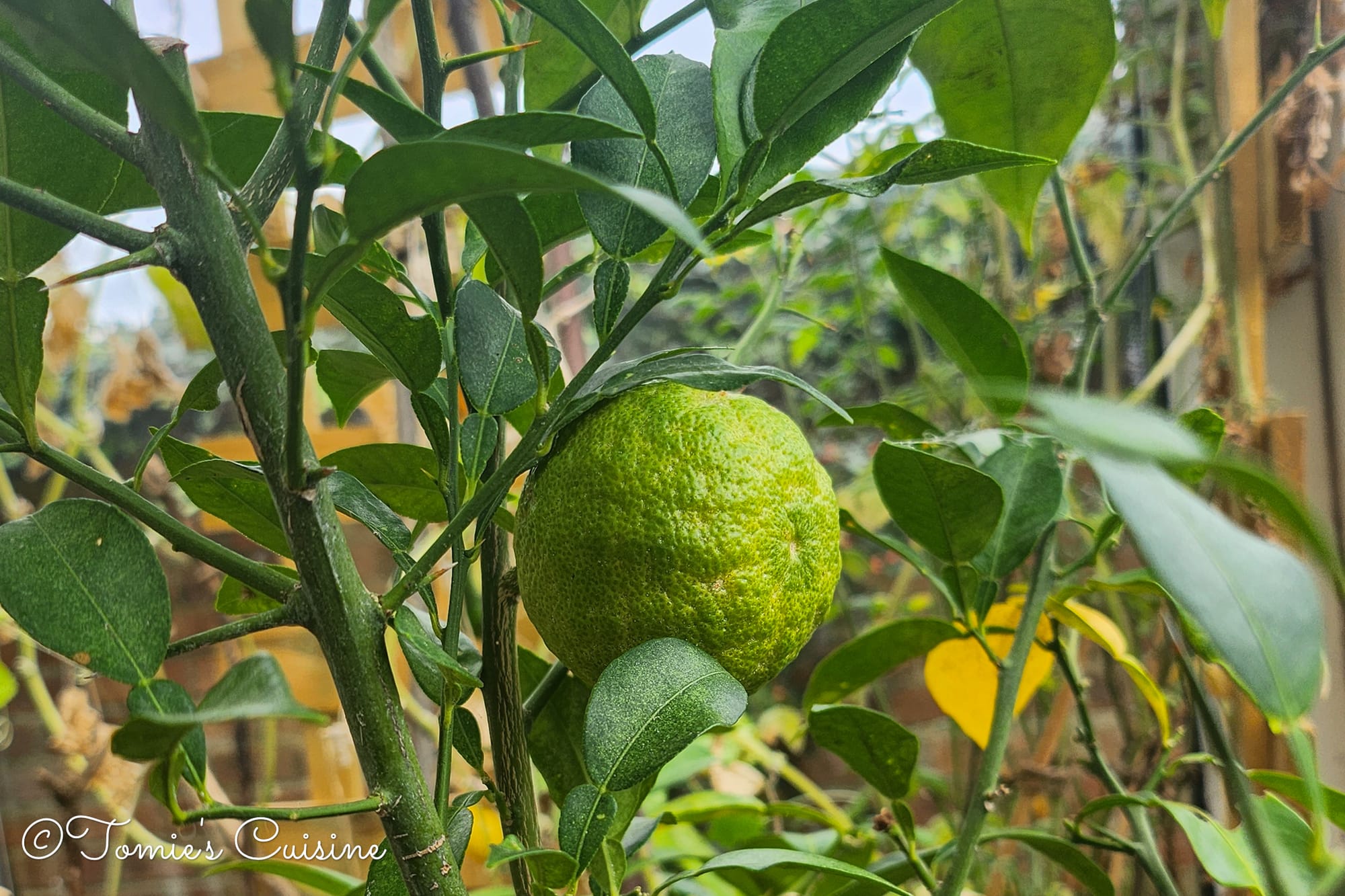
This garden contains many edible plants, but the most prominent ones are:
- Yuzu
- Hazel
- Fig
- Blueberry
- Kitchen herbs such as thyme, oregano, sage, shiso,
They are all helpful in cooking or crafting, and the colour of their leaves or flowers is beautiful. The full plant list is on the RHS’s website.
Creating a natural ecosystem on a balcony
A balcony garden has limited space and a weight limit, so we add some cardboard and newspaper at the bottom of the Nobonsai planter instead of filling it with soil. This method helps make the planter lighter and hold a good amount of water, reducing watering needs in summer.
Microorganisms and small creatures can live in the paper, preserving the soil's richness. This method can also be used in gardening containers, so why not try these tips on your next balcony or container?
Alice's composter
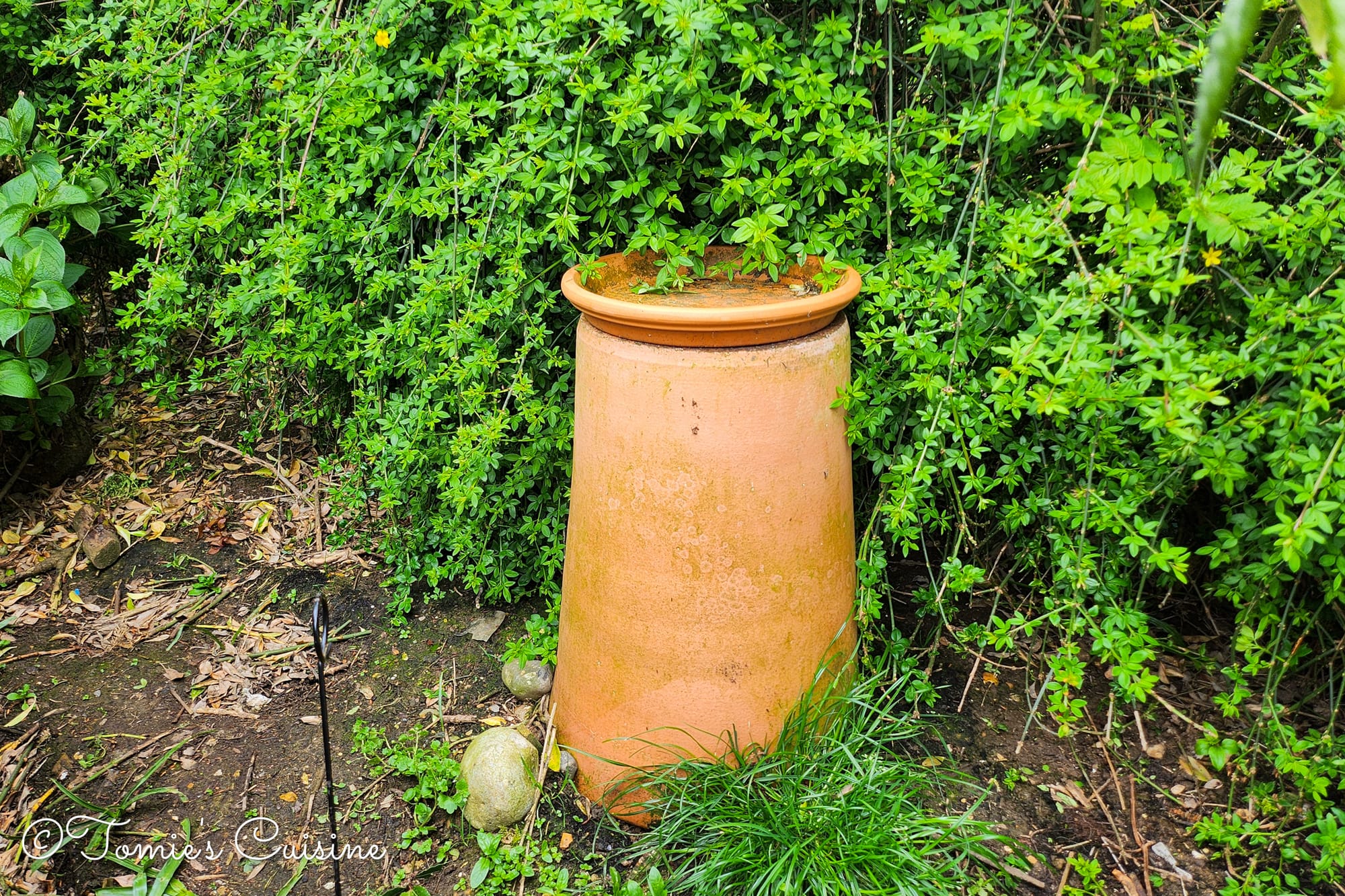
Alice’s composter is the balcony garden centrepiece. It helps to feed the plants indirectly and avoids the need for replanting or relying on chemicals. This method doesn’t require much space as the home compost can sit anywhere next to the flower bed and won’t take any more space than a rhubarb pot.
We made this composter by breaking the bottom of an old terracotta pot or rhubarb forcer. Then, we dug a hole 1m deep and put the pot over it.
You can put most kitchen waste in it, except bones and eggshells.
The bacteria in the soil will break down the waste, and the plants around it will use it as fertiliser. Unlike the plastic compost bin, the terracotta pot allows some air to pass through, further reducing the smell.
We don’t put the garden waste in the compost pot; instead, we cover the soil with pruned twigs, trimmed stems, weeds, and collected leaves to prevent drying, lock the moisture in, and help grow bacteria on the soil surface and inside. The fungi make the plants strong and healthy.
Why are we sponsoring Tsuyako’s balcony garden?
If you have been reading our blog, you might understand why. What Tsuyako does is very similar to what we are trying to teach with Tomie’s Cuisine. Her idea is brilliant, and we want everyone who wants to be more eco-friendly to try her method. The RHS Chelsea Flower Show is an excellent opportunity for her idea to reach a broader audience.
She doesn’t want to leave a legacy made from money to the next generation’s children, so this garden is full of greenery that acts as a haven. She hopes this garden will enable people to notice the role of plants, creatures, and themselves as part of this living ecosystem.
We will be at the show, so we hope to see some of you planning to visit the Chelsea Flower Show this year!

